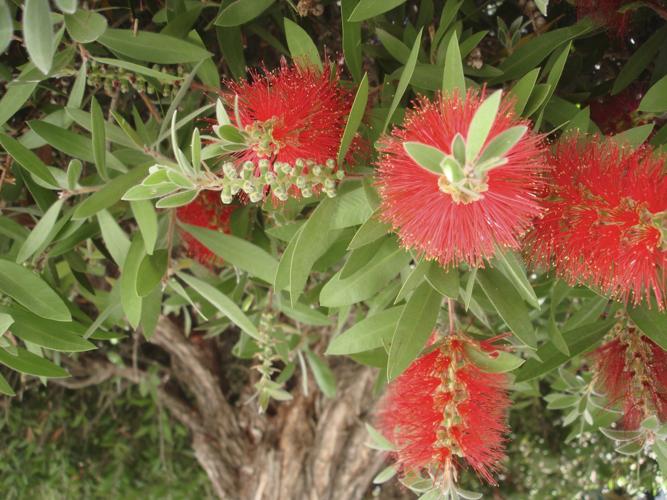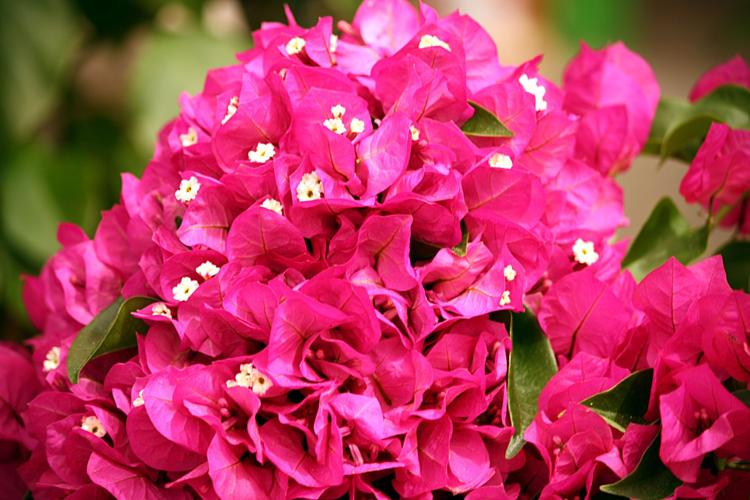Question: We have a bottlebrush tree that is failing to thrive. It does not bloom much, nor does it seem to put out that much new growth. We have had this house for 15 years, so it is older than that.
We have had to trim off several dead branches over the years and recently lost a big branch due to wind. We feed it and water it, but not overly so in either case. Would trimming it way back stimulate growth? If so, when? Are there any fertilizers or soil builders that might help?
Answer: Bottlebrush can live to be 50, so it could be suffering from old age. The most common problem with them is irrigation. Since they aren’t desert plants, they need deep watering, to a depth of 24 to 36 inches every couple weeks in the summer, every three weeks in the spring and fall, and every month in the winter. Drip irrigation on a timer is ideal. I know you said you water it, but you didn’t say how much, so that’s the recommendation in case you didn’t know. A general-purpose, slow-release fertilizer once a year in the spring or fall is all you need. You could also put a 1-inch layer of compost around the root zone, being careful to keep it off the trunk, to give it some slow-release fertilization when it rains or is irrigated.
From the photo, it appears there are some dead limbs that could be pruned. Some varieties respond to hard pruning, but without knowing which one you have I wouldn’t recommend pruning it back too much. One-third is the rule of thumb to avoid too much stress on the plant. Pruning after flowering is the best time.
Q: How often should you prune bougainvillea in Green Valley?
A: Pruning bougainvillea should be done after flowering has ceased or as early as possible in spring after frost danger has passed. During the growing season, you can prune to direct growth as needed. How often is personal, since some folks like to let them go into wild-looking shrubs, while others prefer a tamed approach.
Q: Would you be able to help me identify the pest causing puckering of new growth leaves on our young lemon tree in Marana? I would also appreciate your advice for treatment.
A: The damage you are seeing is caused by thrips. These tiny insects feed on new growth in the bud stage, causing distortion. The good news is they do not cause significant damage to the plant and can be ignored. The leaves will still be able to photosynthesize. Their damage is largely cosmetic, and for this reason we do not recommend any treatment.
Q: I would like to add a wood-mulch product to my vegetable garden. The product I would like to use is made from mesquite and eucalyptus wood. Would adding the eucalyptus chips as a component to the soil be okay? I have read mixed opinions regarding the addition of eucalyptus chips — some say it is beneficial and some say it will inhibit the growth of vegetable plants. What is your opinion/recommendation?
A: This is a bit of a myth. Some plants produce chemicals that affect nearby plants, in some cases preventing germination or restricting their growth. While some trees do have an allelopathic quality, that soon ends once the wood is chipped into mulch.
These wood chips should be no different from any other mulch. They do provide long-term, slow-release fertilizer, and there is some weed suppression, mostly from blocking sunlight.






